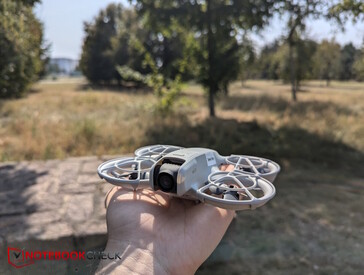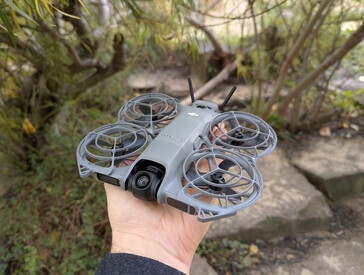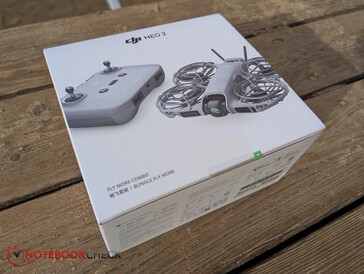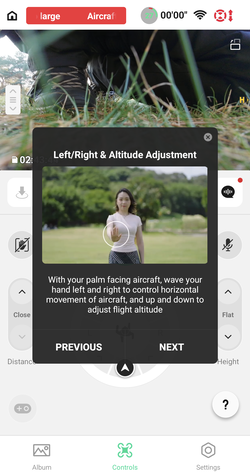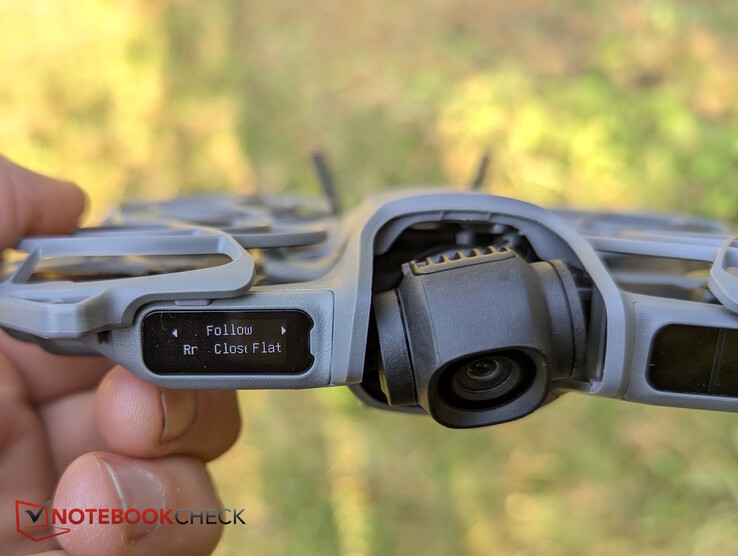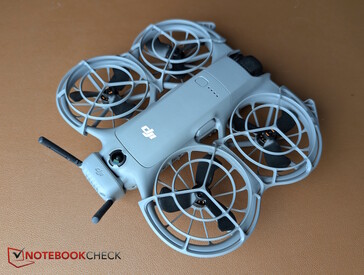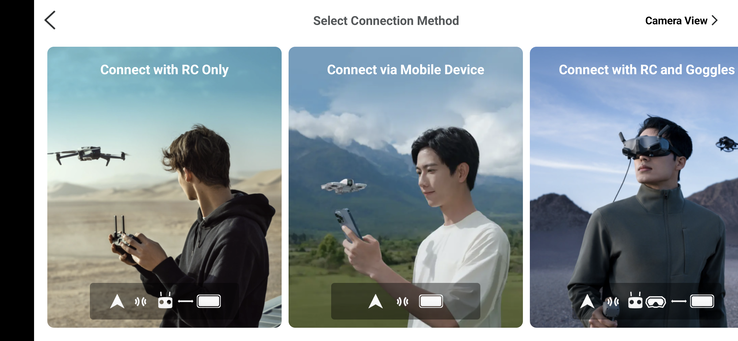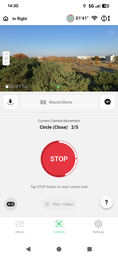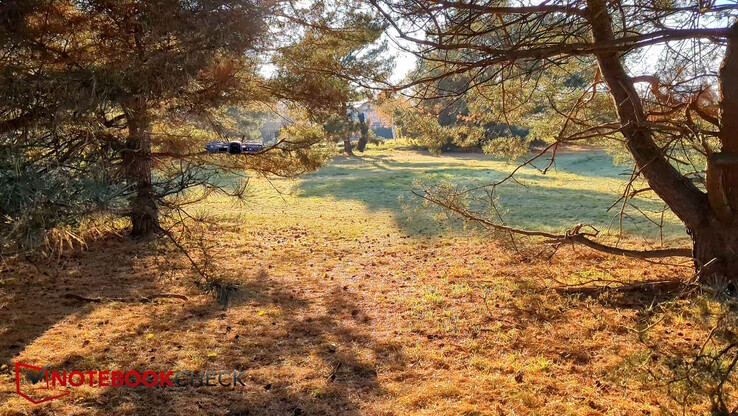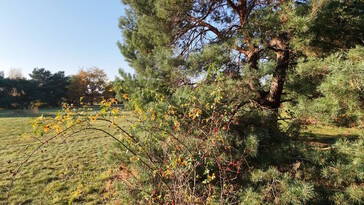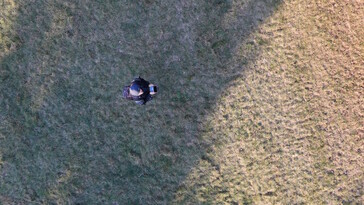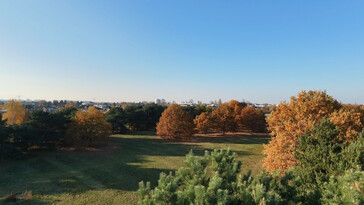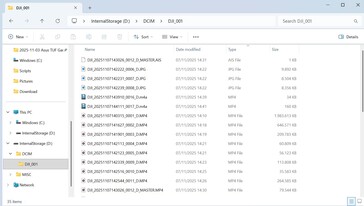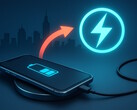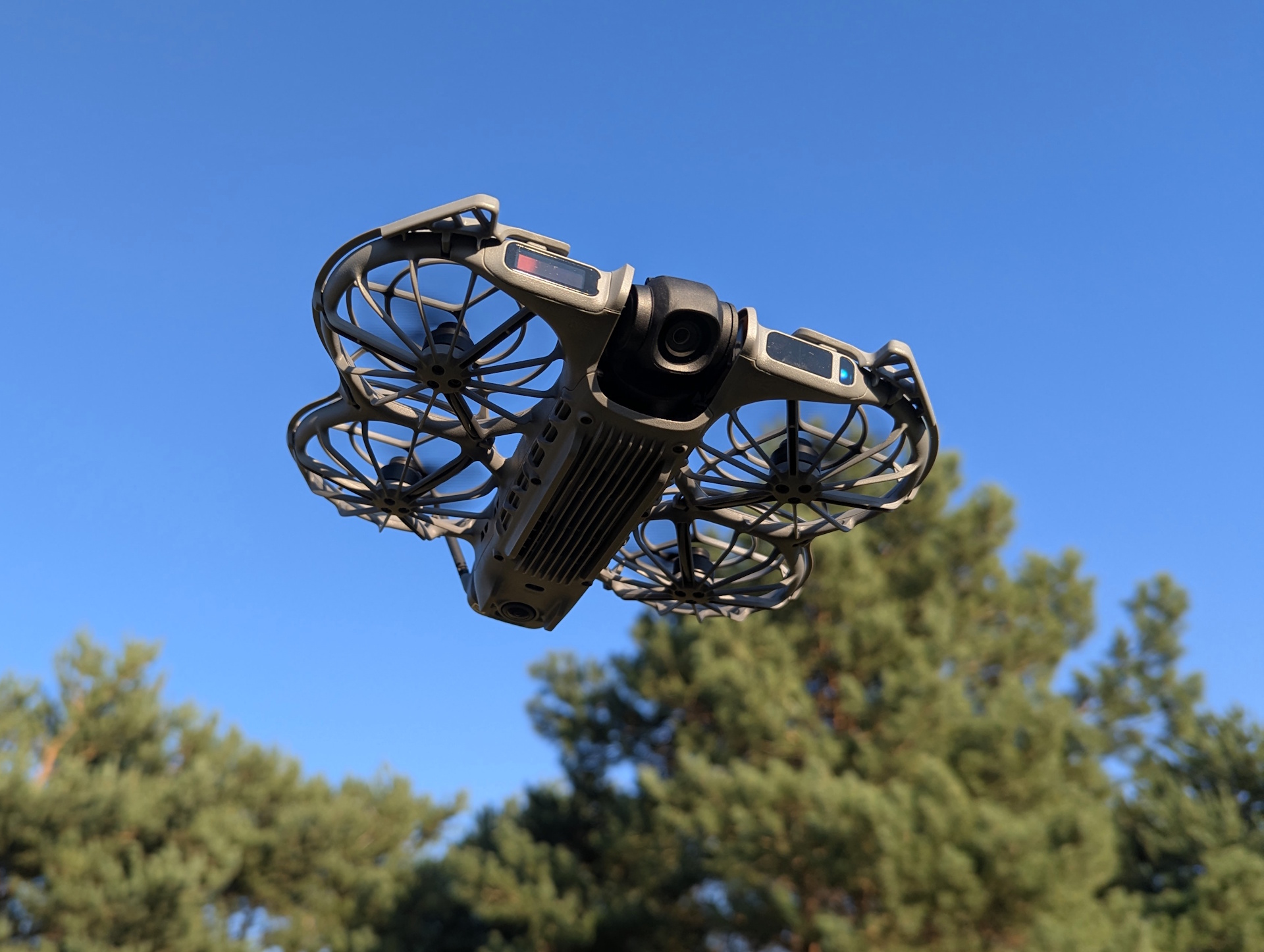
DJI Neo 2 camera drone with mini display review – what the Neo 1 should have been
A quick upgrade.
Just a year ago, DJI launched the Neo 1 – its lightest and most affordable drone. But it faced plenty of criticism. DJI has listened and addressed most of the major issues with the new Neo 2 – but did they really pull it off?Christian Hintze (translated by Christian Hintze) Published 🇩🇪
Verdict – improved all around
Compact and easy to fly, the DJI Neo 2 is now a much more compelling entry-level package from the market leader. It flies faster, has a quicker sensor, more storage, better stabilization, and finally, proper obstacle detection – including LiDAR.
Video quality has also improved, though it’s still likely to spark some debate, mainly because of the image auto processing.
With all these upgrades, the price has gone up as well: instead of €199, it now costs €239.
Pros
Cons
Price and availability
The Neo 2 starts at €239 (compared to €199 for the Neo 1), or €399 for the Fly More Combo.
The first Neo (see our review, €196 on Amazon) only launched in September 2024. Now DJI is already rolling out the improved Neo 2 – a sign that the first model was either wildly popular or badly in need of fixes.
We’re testing the Neo 2 right at launch, on November 13, 2025 – again in the Fly More Combo, which includes the RC-N3 controller, two extra batteries, and a three-bay charger. For details on the RC-N3, see our Neo 1 review.
Specifications
| Merkmal | DJI Neo 2 |
| Classification | C0 (EU) |
| Weight | 151 g without / 160 g with digital receiver |
| Max flight range | 7 km (no wind, 9 m/s, without digital module, video mode off) |
| Wind resistance | 10,7 m/s (Level 5) |
| Satellite systems | GPS + Galileo + BeiDou |
| Internal storage | 49 GB (up to 105 min in 4K/60 fps) |
| Image sensor | 1/2 Zoll CMOS Sensor |
| Lens | FOV: 119.8°; 16.5 mm equivalent; f/2.2; focus: 0.7 m – ∞ |
| Photos | 12 MP; 4000×3000 (4:3); 4000×2250 (16:9) |
| Videos | Up to 3840×2880@60/50/30fps (4:3) |
| Bitrate | 80 Mb/s |
| Stabilization | 2-axis mechanical gimbal (tilt, roll) |
| Video transmission | 60 Mb/s; BT 5.2; Wi-Fi 802.11a/b/g/n/ac/ax (2,4 & 5 GHz); 500 m |
| Battery | 1.606 mAh bei 7,16 V = 11,5 Wh |
| Charging | Onboard (15 W): 70 min; via charger (60 W): 68 min for 3 batteries |
| Controls | Voice control, gesture control, compatible with DJI RC 2, RC-N3, RC-N2 |
The Neo 2 now records 4K at 60 fps (up to 100 in slow motion mode), and can hit 12 m/s in Sport Mode instead of 8.
It finally adds obstacle detection (LiDAR in front, infrared below), and internal storage has more than doubled.
You can now also shoot in vertical 2.7K mode. A new mini display on the left front shows the current flight mode (e.g., Follow).
Perhaps even more important for users: the upgraded gimbal. Instead of 1-axis stabilization, the Neo 2 now uses a 2-axis system – and the improvement is instantly noticeable.
Design and build – several weight configurations
The Neo remains recognizable but sports a redesigned body: the gray plastic is darker, and the battery now sits on top. The optional video transmission module screws into the USB-C slot on the back.
Depending on whether you use the transmitter module or propeller guards, total weight (from 151 g) and flight time vary (around 15 to 19 minutes).
Setup and app
The app gives access to additional automated flight modes, customizable settings per mode, captured photos and videos, and built-in tutorials.
Real-world test – flight performance and image quality
The app includes several flight tutorials for beginners. We first tested the new obstacle detection: activating Follow Mode (speed adjustable in-app), we walked through low-hanging branches of pine trees. The drone followed reliably and avoided obstacles well – though sometimes the footage looked a bit jerky when the drone had to catch up after detouring.
Controls
In manual mode, the obstacle sensors can sometimes be a bit overprotective – for example, refusing to move forward through light branches even when we try to steer it manually.
Otherwise, the Neo 2 feels intuitive and responsive. Of course, it’s more wind-sensitive than larger models, but it reacts quickly to inputs and is fun to fly.
Video quality
Better stabilization alone improves overall footage quality. The new 60 fps recording (and even 100 fps slow-motion mode) adds flexibility, especially for smooth 4K slow-motion shots.
Still, image quality isn’t perfect – the sensor size hasn’t changed. Noise is visible in dark areas against bright backgrounds, and the camera struggles with backlight. Dynamic range is limited, bright areas can clip, and the auto white balance isn’t always accurate. The sample images below were downscaled from 4K to Full HD.
Overall, the image looks clearly better than on the Neo 1, though still far from DJI’s higher-end models – the price gap has to show somewhere.
File transfer to PC
You can transfer videos and photos via the app (transmitter module) or simply connect the Neo 2 to your PC with a USB-C cable. The internal storage (now 49 GB, up from 22 GB) appears as a drive in your browser, and you can drag and drop files directly.
Conclusion
The DJI Neo 2 improves on every front and finally becomes the entry-level DJI drone the Neo 1 always should have been.
Transparency
The selection of devices to be reviewed is made by our editorial team. The test sample was given to the author by the manufacturer free of charge for the purposes of review. There was no third-party influence on this review, nor did the manufacturer receive a copy of this review before publication. There was no obligation to publish this review. As an independent media company, Notebookcheck is not subjected to the authority of manufacturers, retailers or publishers.




